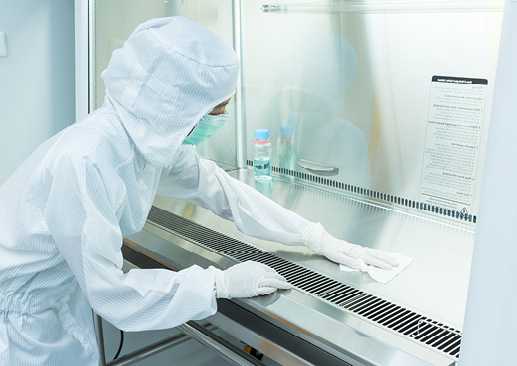|
Market
In climate-controlled environments like data centers, labs and museums, air quality monitoring is crucial. It ensures the protection of valuable assets, from sensitive electronic equipment to unique artifacts, by preventing the buildup of harmful pollutants and maintaining optimal humidity and temperature levels.




Secure Your Assets with Advanced Air Quality Solutions
Monitoring climate-controlled environments involves key parameters such as temperature, humidity, air quality, and particulate matter. Maintaining optimal temperature prevents overheating in data centers and preserves sensitive materials in museums. Controlling humidity avoids static electricity build-up and prevents mold growth or material degradation. Monitoring air quality protects sensitive electronic equipment and prevents the degradation of art and historical artifacts. Finally, keeping track of particulate matter helps prevent damage to electronic components and delicate surfaces of artworks or artifacts.
10 Air Quality Concerns in Office Buildings


10 Air Quality Concerns in Office Buildings
Discover the most relevant air quality concerns in commercial and office buildings as well as possible remediations.

Improving Indoor Air Quality (IAQ) and other factors in climate-controlled environments involves several strategies:
- Advanced HVAC Systems: Implementing sophisticated Heating, Ventilation, and Air Conditioning (HVAC) systems can help maintain optimal temperature and humidity levels, improving the overall environmental stability.
- Regular Maintenance: Routine checks and maintenance of environmental control systems can prevent unexpected failures and ensure consistent conditions. This includes cleaning vents, replacing filters, and checking for leaks or blockages.
- Real-time Monitoring Systems: Installing comprehensive environmental monitoring systems allows for real-time tracking of temperature, humidity, and air quality. This infrastructure, made of smart devices continuously capturing data and sharing with you via app or software, can alert facility managers to any deviations from set parameters, enabling swift corrective actions.
- Access Control: Limiting access to sensitive areas can reduce the introduction of pollutants and particulates, further protecting valuable assets.
Discover TSI Solutions for Air Monitoring!
